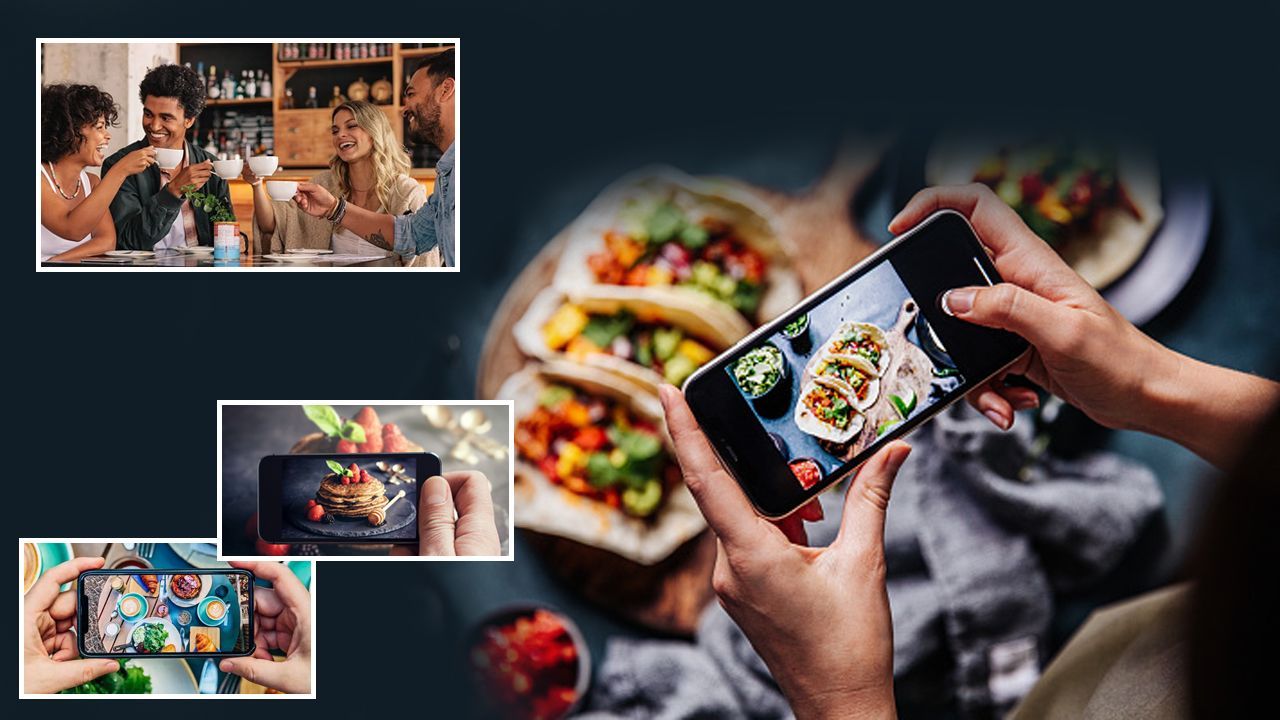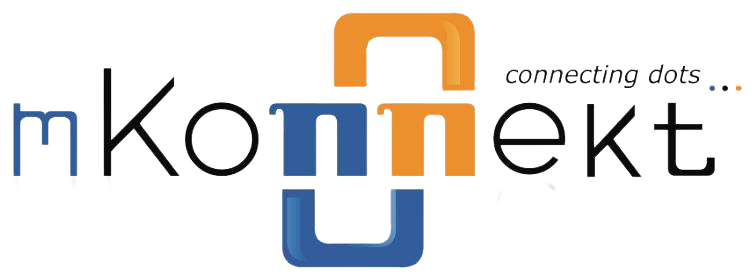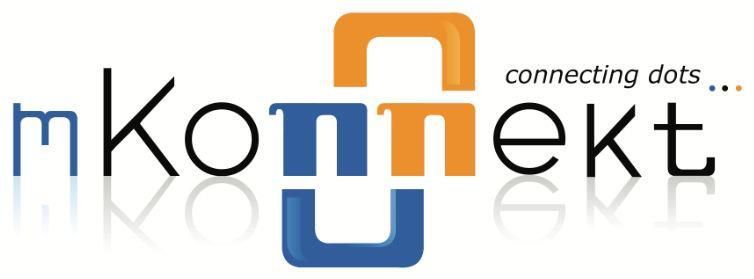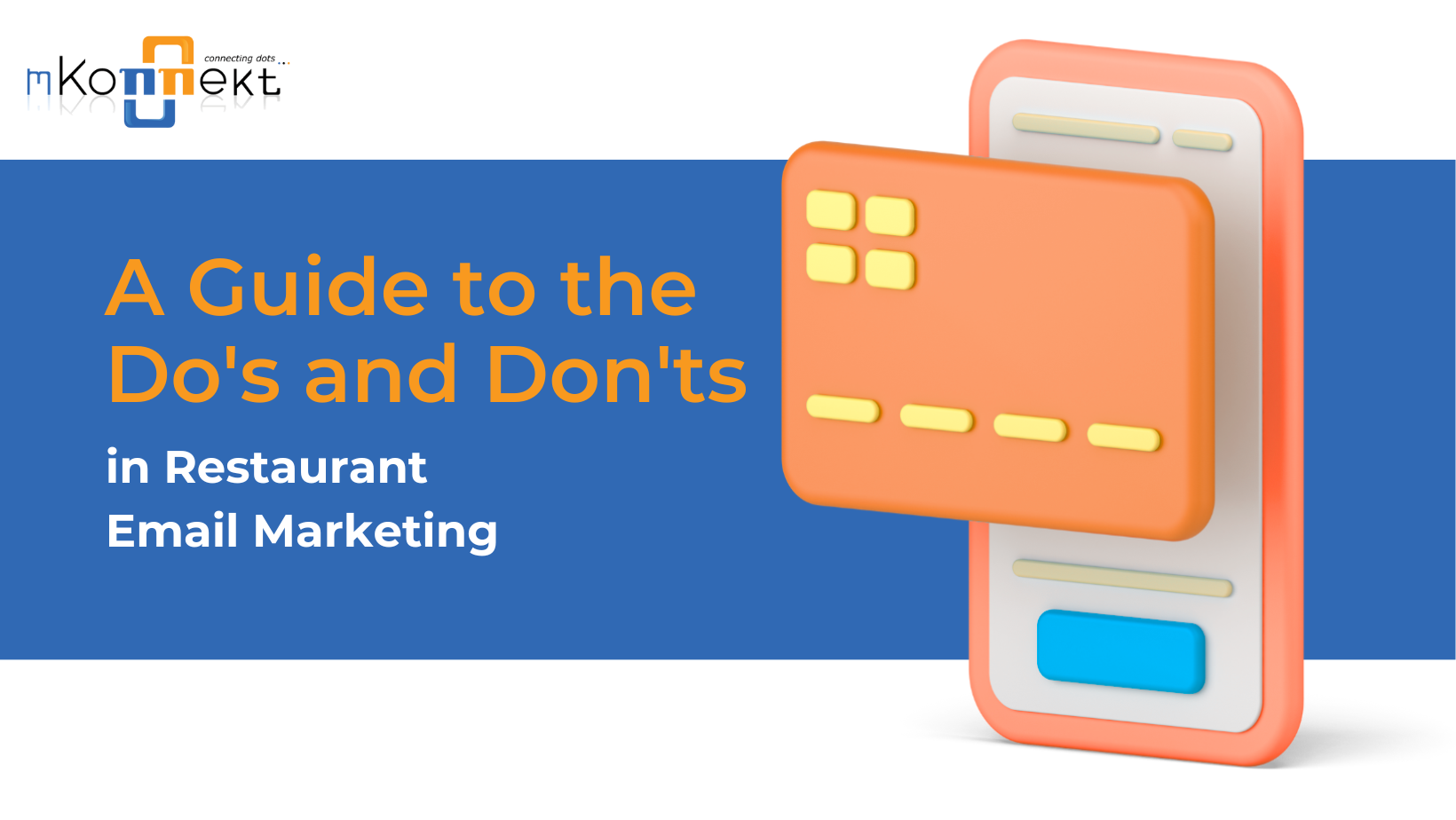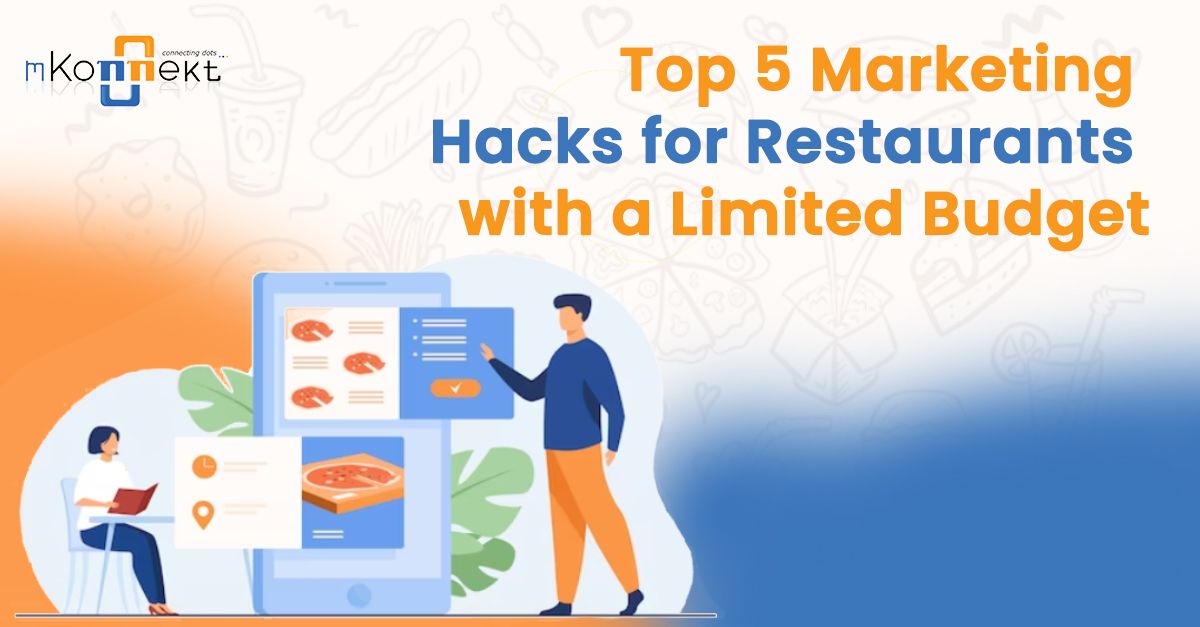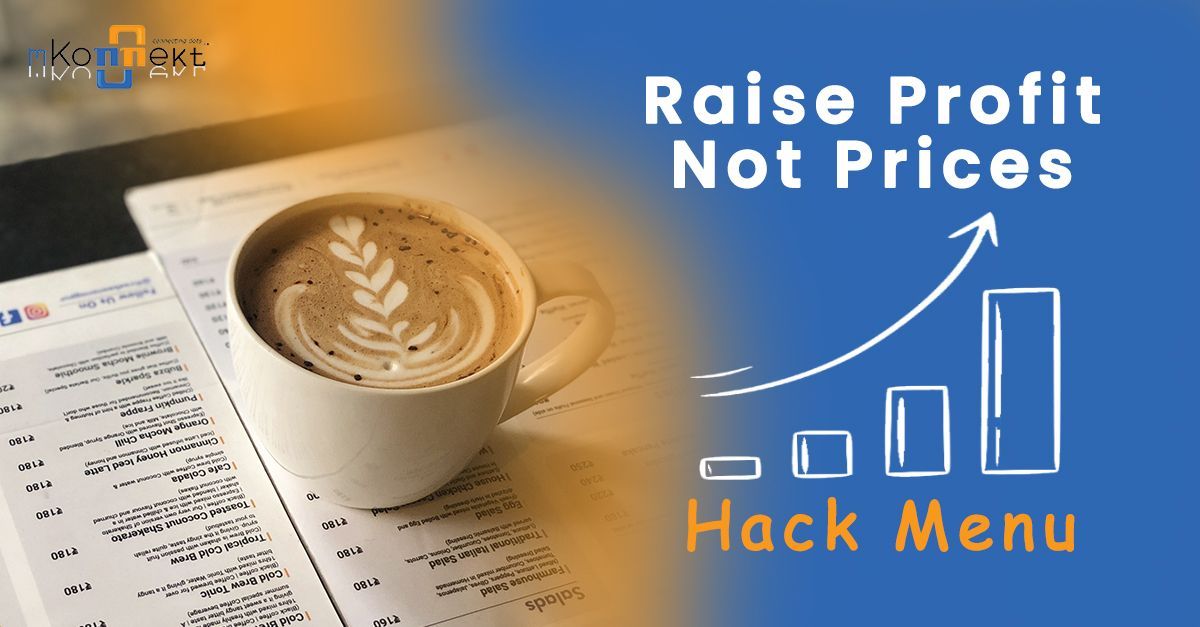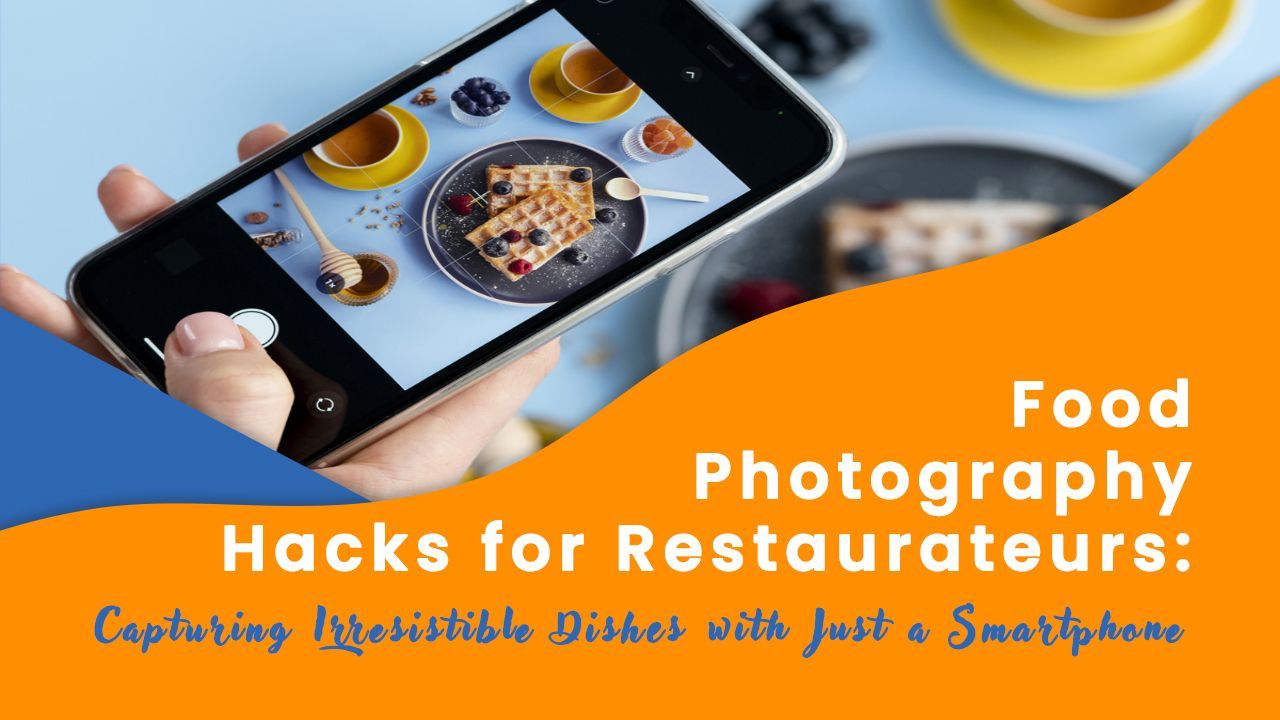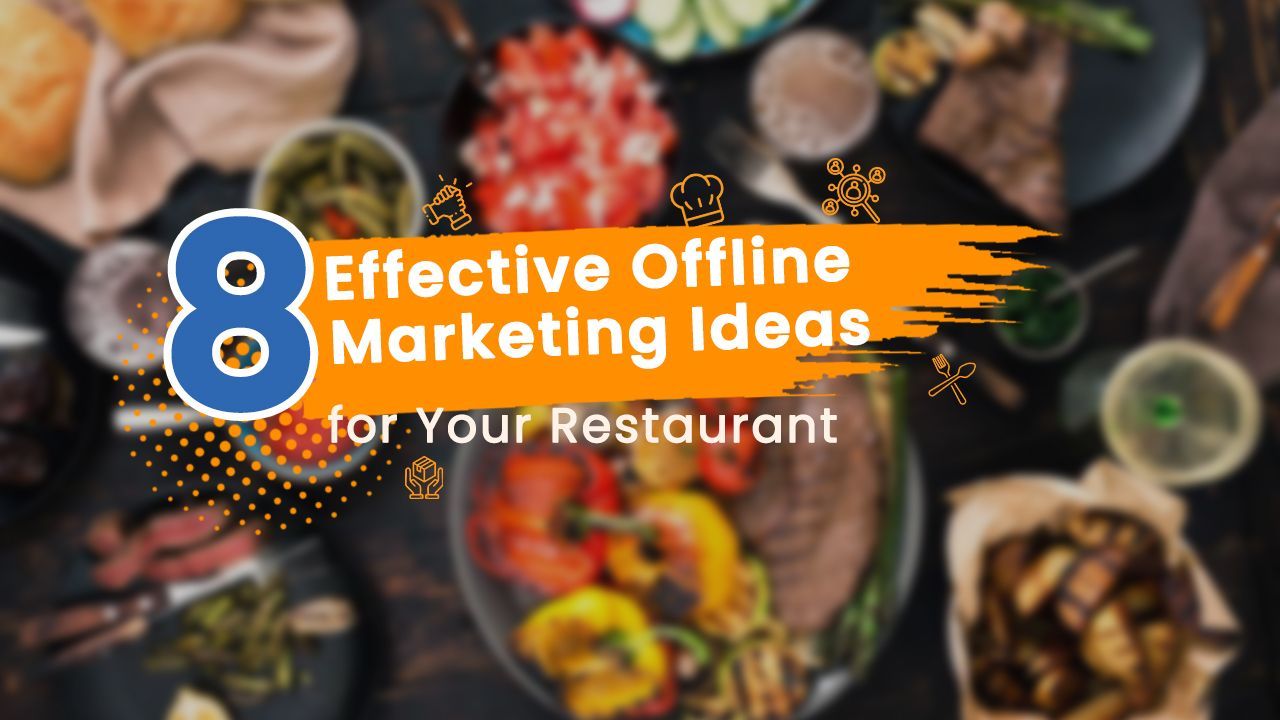Customer Journey As a Marketing Tool

What Is Customer Journey And Why Is It Important To Marketing Professionals?
The series of encounters a consumer has with a brand while procuring a service or good is known as the customer journey. Imagine entering a restaurant, selecting a table, instructing the server to bring your food, waiting for it to arrive, eating it, paying at the counter, and then leaving. Alternately, consider visiting your preferred Mexican restaurant's website, browsing the menu, adding your favorite tacos to the cart, checking out, and then waiting for them to be delivered as you savor the goodness. Additionally, the restaurant customer journey does not end with eating. Applications for ordering meals on-demand or for food delivery on-demand have completely changed how businesses serve food. In today's customer journey maps, after-sale services are so important that they may even lead to services reviews.
All of these actions—from entering your favorite restaurant or accessing its website to leaving the establishment or eating your preferred tacos in your pajamas—are essentially journeys.
Journey of you as a customer, trying to avail of a service of your favorite restaurant.
But why should we even be concerned? You see, even though you design your business, create a product, aggressively market it, attract clients, and deliver sales pitches, at the end of the day, the customer is going to use your product. It is not you, not your team, not anyone else, it's the customer. Therefore as marketing professionals, it is crucial for us to observe how our customers behave when they visit our website or walk through the door (incase of an offline business). Your prospect will definitely return to you if their path is easy, if they can readily access your product, and if they feel comfortable using it.
Consider The Following Statistics-
- Seven out of ten American customers today claim to have paid more money to do business with a firm that provides excellent service. (American Express)
- Over the course of three years, a company with $1 billion in yearly revenues has an average revenue growth of $823 million due to a moderate improvement in the customer experience. (Temkin Group)
In the US, there are over a million restaurants that employ 15.6 million people (According to the US Census bureau, 2021)
And, to be really honest, every restaurant is attempting to attract as many patrons as they can. Everyone is using their very best marketing skills to outshine one another. Knowing your consumer, their behavior, and the data points you can track will help you understand how to keep them coming back to you in the face of such fierce competition.
The customer journey should therefore be used as a marketing tool by all restaurant marketers.
What Are The Stages Of Customer Journey?
It is crucial to segment the entire client journey into several stages. Understanding consumer behavior at various stages of the process and transaction is really helpful for keeping track of it.
Different marketers and organizations call the various stages by different names, but here at mKonnekt, our analysis of the customer journey is divided into 5 phases - beginning with awareness, progressing to engagement, acquisition, and loyalty, and concluding with advocacy, also known as the A2A model.
The customer journey analysis provides clear insights into the consumer's purchasing and decision-making mindset. It allows you to plan, execute, and optimize your marketing strategies by supplying accurate and timely customer data and insights.
Let us go over each stage of the customer journey in detail.
The Awareness Stage
Is your restaurant within the customer’s preferences when it comes to a dining decision? To be considered you need to make sure that you reach out to the customers through different channels with a message that resonates with them. Your actions determine the quantity and quality of leads you generate at this level. The goal at this point is to expose your brand to the customer by posting content that piques their interest. For a restaurant, organic and paid social media play a very important role at this stage as well as being part of the community member.
The Engagement Stage
Customers have identified their solution channels at this point, but are in the comparison stage. Understand that you are one of many options available to them. At this stage, you must put your best foot forward by providing as many content channels as possible for them to interact and engage with your brand, so that they can understand what you can offer them better than the competition. Chatbots, specials and contact page on a website, and social media channels are vital for engaging customers in a restaurant’s case scenario.
The Acquisition Stage
At this point, the customer is convinced that they will purchase the product or service from you. For a restaurant, this would be when a customer comes in to eat or when they order food online.
The Loyalty Stage
Customers who return are more likely to tell others about their experience. This is the stage of loyalty. During the retention phase, businesses can implement a loyalty program to communicate company or product advancements to customers on a regular basis. For a restaurant, using these platforms, you can offer your customers personalized weekly deals, birthday specials, and a variety of other freebies. When a customer joins your program, it's a sure sign that they've reached the marketing funnel's loyalty stage!
The Advocacy Stage
Referral programs are a very effective way to turn your most devoted customers into brand ambassadors and gather customer information. They essentially work in the same way that targeted promotions do, drawing clients who are intensely interested in the menu items at your restaurant.
The success and sales of a restaurant depend on gathering consumer information at every stage of the marketing funnel. To succeed in our technologically advanced culture, you must learn how to use this data. Every marketer should consider the customer journey since it enables them to put themselves in the customer's shoes and provides an answer to the question of what the consumer would choose given the options.
